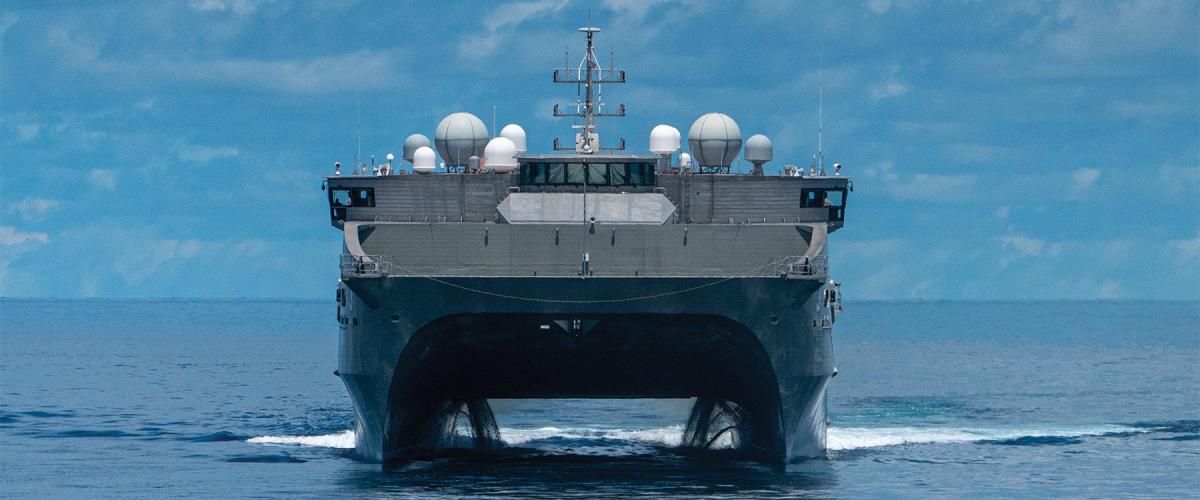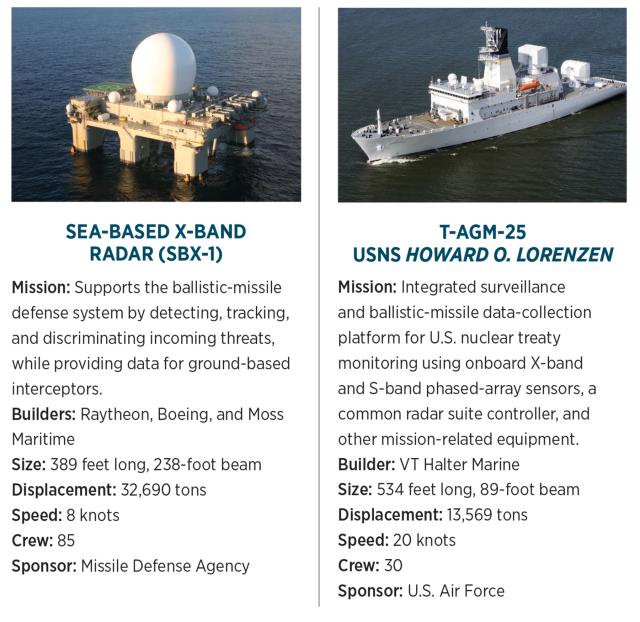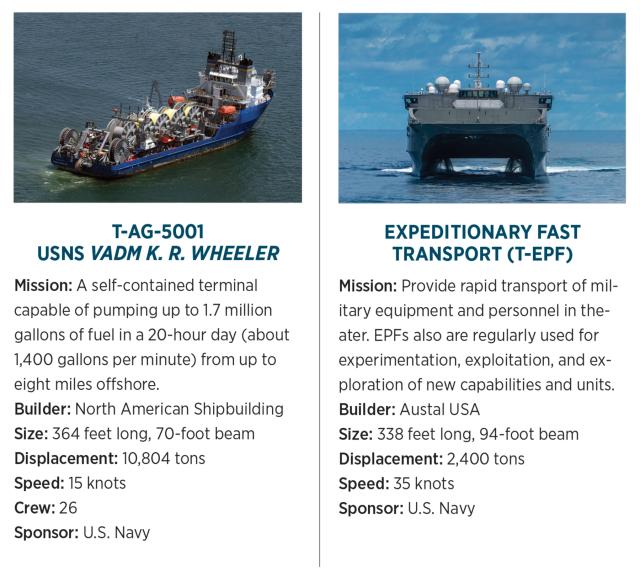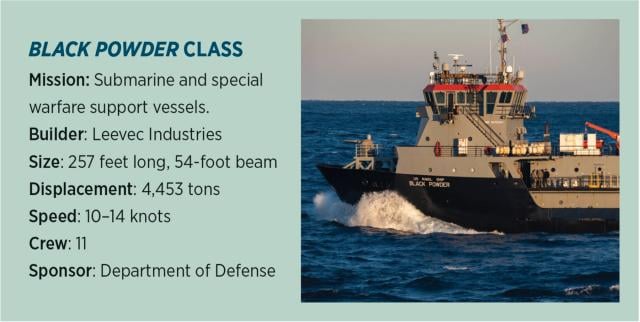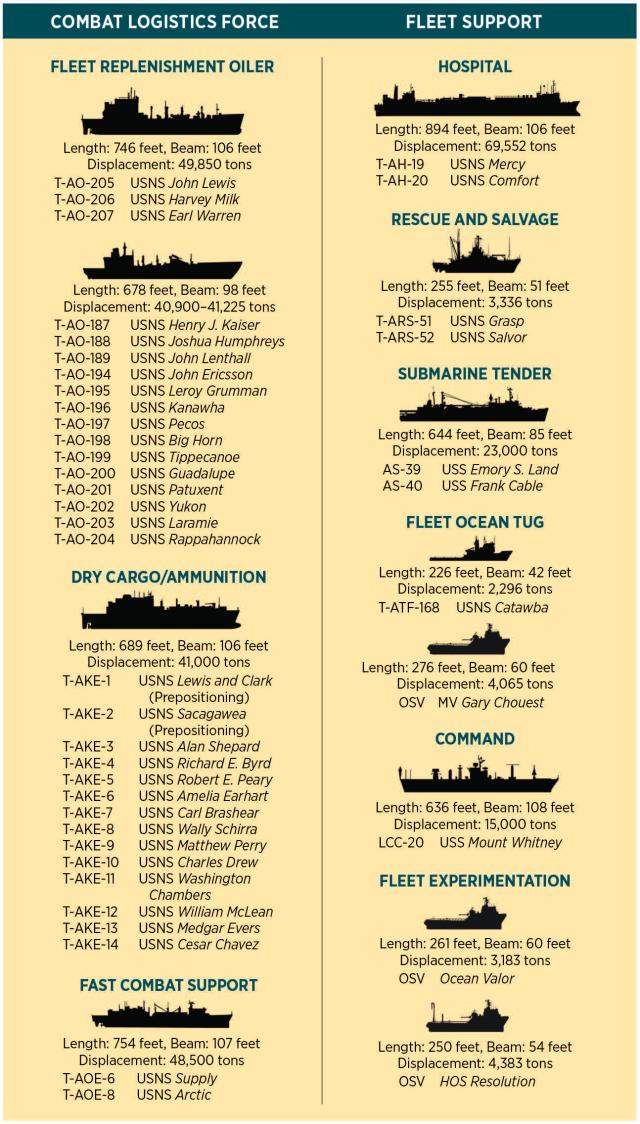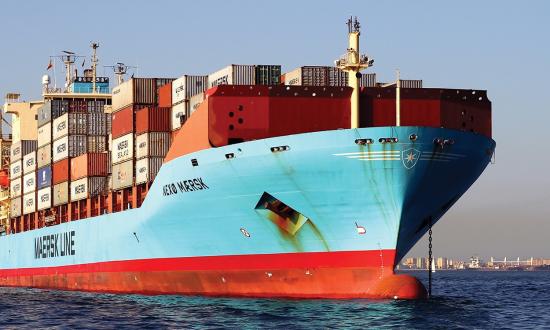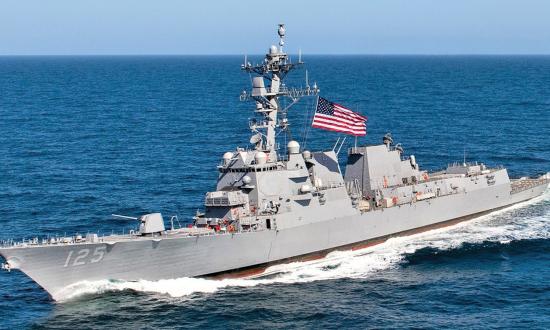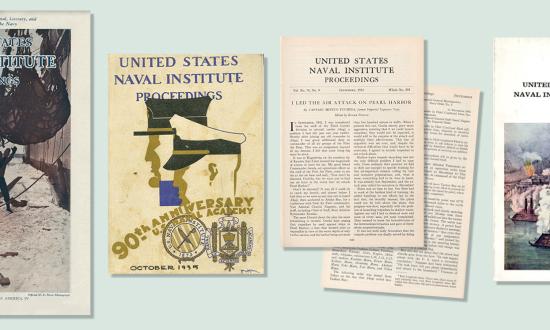Military Sealift Command (MSC) celebrates its 75th anniversary in 2024. MSC maintains and operates nearly 100 government-owned vessels, of which 64 are counted among the Navy’s 292 battle force assets. The vessels are a mix of ships built in foreign and domestic shipyards to both military and commercial standards. Twenty-nine different classes of ships support five major missions—combat logistics; special missions; prepositioning and seabasing; fleet support; and tankers. The depth and breadth of the entire MSC fleet and the extent of MSC’s missions are not widely appreciated.
Most Navy sailors and officers know MSC for its U.S. Naval Ship (USNS) logistics ships—oilers and dry cargo/ammunition ships. Less well known is that MSC also crews and operates some commissioned ships: the command ship USS Mount Whitney (LCC-20), the submarine tenders USS Emory S. Land (AS-39) and Frank Cable (AS-40), and the expeditionary sea bases (ESBs). (The other command ship, the USS Blue Ridge [LCC-19], is fully manned by a Navy crew.) Combatant vessels manned by Navy sailors deploy for 6 to 9 months every 18 to 24 months. MSC vessels operate on continuous deployment cycles with minimal downtime for maintenance and training—some with as few as 21 Coast Guard–credentialed mariners.
All MSC ships are maintained and operated to commercial standards with third party oversight by the American Bureau of Shipping and the U.S. Coast Guard. While mostly Navy assets, a handful of USNS vessels are resourced by the Army, Marine Corps, Air Force, and the Department of Defense’s (DoD’s) Missile Defense Agency.
On any given day, MSC takes operational control of as many as three dozen vessels under U.S. Transportation Command as well as contracted, Maritime Security Program or Maritime Administration Ready Reserve Fleet vessels, which have so far transported 660 million pounds of equipment, 5,400 air-defense missiles, and 2.3 million artillery rounds to support Ukraine.
In the past 75 years MSC’s core mission has been to be the premiere military sea transport. Yet, the breadth of services that MSC provides across the DoD today has expanded greatly. In the August 1957 Proceedings, Louis R. Fiore, a former senior member of the Military Sea Transportation Service (MSTS), published “MSTS—The Navy’s Fourth Arm.” Fiore could take for granted that most naval officers understood something about MSTS, forerunner of MSC.
Today, on the other hand, most know little about the bulk of the MSC fleet. Surface warfare officers and aviators can look at their fuel gauges and vending machines and recognize something about Military Sealift Command. But pay closer attention: Consider just a few of the vessels discussed on these pages to realize MSC is much more than gas, snacks, and energy drinks.
Photo Sources Military Sealift Command / U.S. Coast Guard (David Mosley) / U.S. Army (Maricris C. McLane) / U.S. Navy (Andrew Langholf) / U.S. Navy (Aaron X. Saldana)



